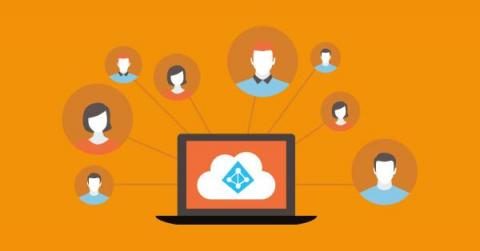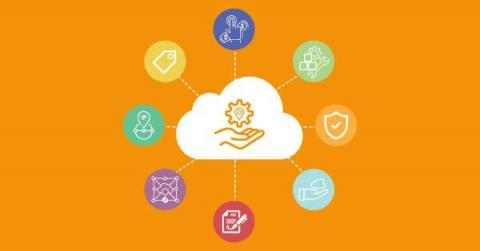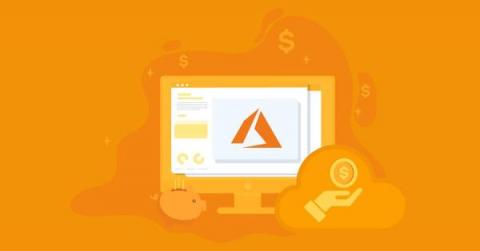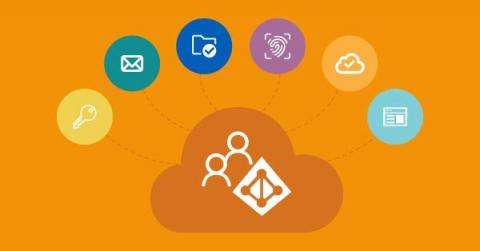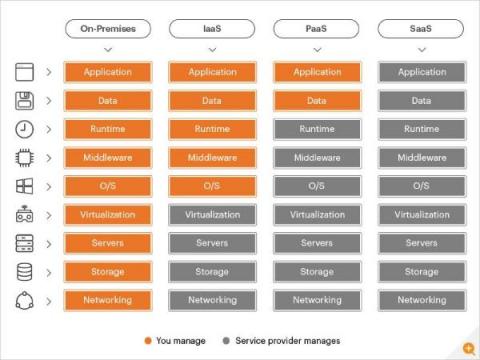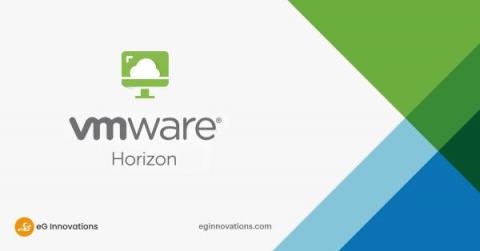Monitoring and Managing Azure Active Directory Users
This blog post is part 2 of our Monitoring Microsoft Azure Active Directory series. Managing Identity is a big challenge in a cloud environment, especially when users can potentially log in from anywhere. Additionally, users can often use different types of devices to log in and access cloud-hosted resources. Without a central Authentication and Authorization source, it is very difficult to manage who can login to what and who can do what with a cloud resource.


